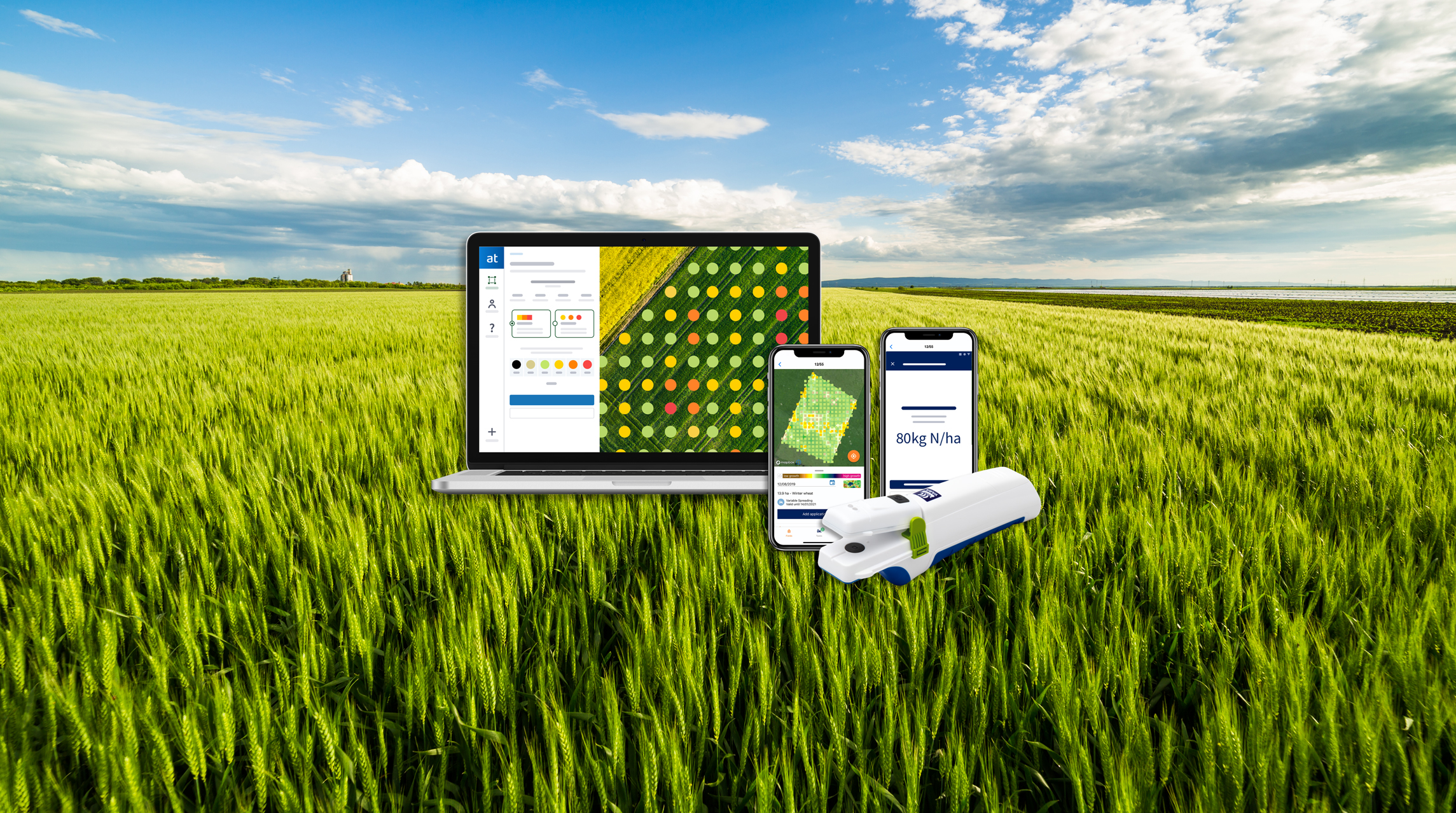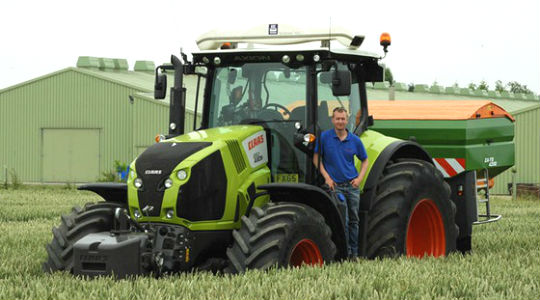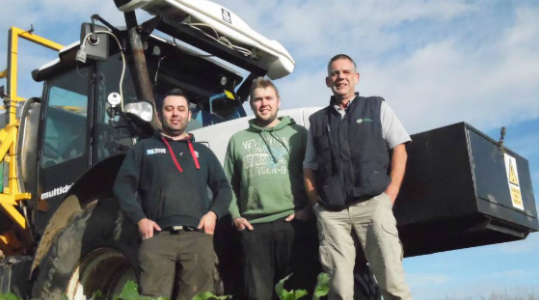Agronomy advice
A fantastic first year with the N-Sensor
James O'Reilly of Ballyragget Farm in Kilkenny, Ireland took delivery of the very first ALS2 N-Sensor to be ordered at the UK release at CropTec 2018. We caught up with James to look back on the first season.
“We got on well with the N-Sensor last year, it is fantastic, the system worked well in daylight and darkness”
James went to say “To test this I spread fertiliser on a field of winter barley at 4 pm and took note of the machine's readings of nitrogen and came back into the same field at 3 am the next morning and the machine was reading the same values at the same pinpoints.
The machine worked exceptionally once you were brave enough to put in very low and high limits in the agronomic calibration and let the machine do its job. It was impressive to see the rate of fertiliser applied vary as you travelled through the crop. The machine removes the risk of over-applying fertiliser in areas where the crop does not need excess fertiliser. In the past, I would have to remember to reduce rates in more fertile parts of the field such as under trees and now the machine takes care of this automatically”
"The crops looked very even and homogeneous during the growing season and come harvest the yields were very consistent"
James went on to comment. “The crops looked very even and homogeneous during the growing season and come harvest the crops were more even and yields were very consistent which is due to the fact that the Yara Sensor will only apply nitrogen where it is required, applying more N where required and pulling up the yield while avoiding wasting N in other parts of the field and avoiding lodging, additionally at harvest time we saw gains with benefits gained through an easier combining run at more steady speeds and reduced man-hours”.
"We were unable to run the ALS2 N-Sensor across their Oilseed Rape crops during the 2018-19 season, but look forwards to doing so this season and seeing increased yields here also”.
James finished by saying that, “Apart from giving more even crops and homogeneous crops and avoiding excess waste of Nitrogen, this sensor takes some of the risk out fertiliser spreading as it takes away the necessity to rely on the machine operator to pull back the fertiliser rates in known fertile areas of the field”
Ballyragget’s average yields at harvest 2019 were good recording the following figures.
Winter wheat yield was 11.6 tonnes per ha on 370 ha
Winter barley yield was 9.8 tonnes per ha on 190 ha
Winter oats yield was 9 tonnes per ha 165 ha
A calculation sent to James at the time he placed the order suggested that by applying his N variably across his 800ha farm James could see an additional on-farm profit in excess of £43,000 at yield responses of just 3.5%
Related advice
Read about improving nutrient efficiency
























































